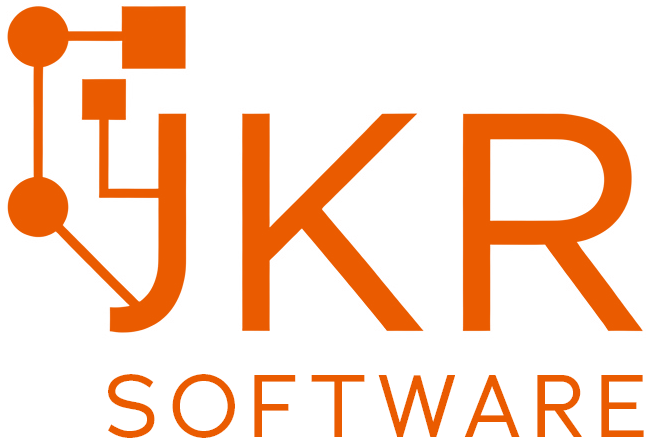Reverse DNS Lookup
Reverse DNS (rDNS) lets you take an IP address and ask “which hostname is configured for this IP?” Under the hood it queries the PTR record in the in‑addr.arpa (IPv4) or ip6.arpa (IPv6) zone.
- 📜 Logging & Reporting: Map IPs back to hostnames in logs.
- 🛡️ Email Deliverability: Mail servers check rDNS to fight spam.
- 🔍 Diagnostics: Verify that an IP is owned by the expected domain.
PTR (pointer) records live in the in-addr.arpa (IPv4) or ip6.arpa
(IPv6) zones
and map an IP back to a hostname. Only the IP’s owner—often your ISP or
hosting provider—can
delegate and update these. If you run your own IP space, you’ll set PTR
records via your DNS host;
otherwise you must request your provider to add or edit them.
-
IPv4: Break the address into octets, reverse them, and
append
.in-addr.arpa.
e.g.192.0.2.5 → 5.2.0.192.in-addr.arpa -
IPv6: Expand to full 32‑hex nibble string, reverse each
nibble, and append
.ip6.arpa.
e.g.2001:db8::1 → 1.0.0.0.0.0.0.0.0.0.0.0.0.0.0.0.0.0.0.0.8.b.d.0.1.0.0.2.ip6.arpa
- ❌ No PTR record: Many IPs simply have no reverse entry, so lookups fail.
- ⚠️ Mismatched forward/reverse: PTR returns host A but forward lookup of A doesn’t map back to your IP.
- 🏷️ Delegation gaps: If your ISP hasn’t delegated the zone to you, you can’t add or change PTRs yourself.
- ⏳ High TTLs: Changes can take hours/days to propagate—be patient after an update.
Explore more free tools:

